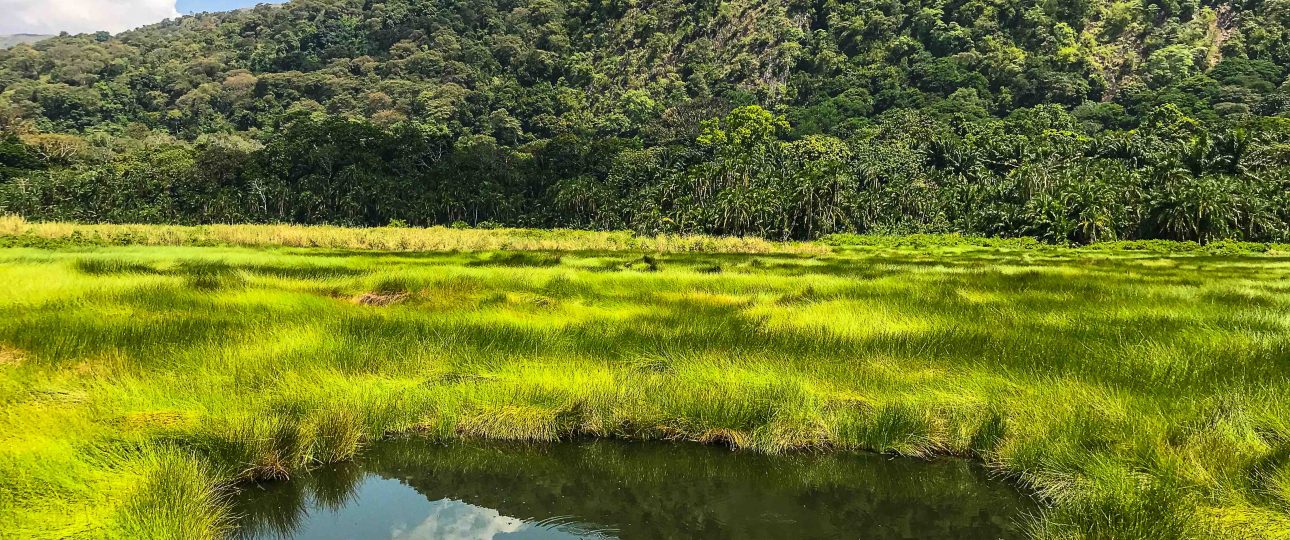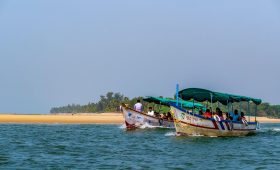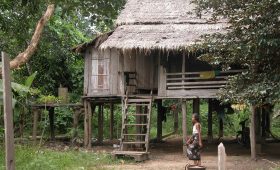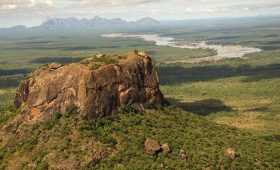Exploring Semuliki National Park: Uganda’s Unique Wilderness
Semuliki National Park offers a distinctive experience for those seeking to explore Uganda’s diverse ecosystems. Located on the border with the Democratic Republic of the Congo, this park is part of the Albertine Rift Valley’s network of protected areas. It provides a rich tapestry of flora and fauna, making it a fascinating destination for nature enthusiasts.
Nature and Wildlife
Semuliki National Park is renowned for its biodiversity. The park’s ecosystem is a blend of several climatic and ecological zones, resulting in a high diversity of plant and animal species. The park’s vegetation is primarily medium-altitude moist evergreen to semi-deciduous forest, with the Uganda ironwood being a dominant species.
Birdwatchers will find a paradise here, with over 400 bird species, including the lyre-tailed honey guide and the rare Oberländer’s ground thrush. The park is home to 216 true forest bird species, which account for 66 percent of Uganda’s total bird species. Additionally, the park hosts more than 60 mammal species, such as African buffalo, leopards, and the Pygmy scaly-tailed flying squirrel. Primates like the mona monkey and bush babies also inhabit the park.
Best Time to Visit
Timing your visit to Semuliki National Park can enhance your experience. The dry season, from June to September, is ideal for wildlife viewing as animals gather around watering holes. However, bird enthusiasts might prefer the wet seasons, from March to May and September to December, when migratory birds flock to the park.
Getting There and Local Transportation
Reaching Semuliki National Park involves a bit of travel. The nearest major city is Fort Portal, about a five-hour drive from the park. If you’re flying into Uganda, consider a domestic flight to Kasese Airport, the closest airport to the park. From there, you can hire a car or take a taxi to the park entrance.
Once inside the park, exploration is best done on foot or with a local guide. The park’s trails, like the 13 km Kirumia Trail, offer opportunities for hiking and birdwatching. Local transportation is limited, so planning your routes in advance is advisable.
Practical Travel Tips
To make the most of your visit, consider these practical tips:
- Wear sturdy footwear suitable for rugged trails.
- Bring insect repellent to ward off mosquitoes and other insects.
- Carry sufficient water and snacks, as facilities within the park are limited.
- Don’t forget your camera and binoculars for wildlife and birdwatching.
- Respect park regulations and avoid disturbing wildlife or their habitats.
Cultural Insights
The park is not only a haven for wildlife but also a place of cultural significance. The forests are vital to the local communities, including the Great Lakes Twa people, who maintain traditional hunter-gatherer lifestyles. Visitors can learn about the Basua people’s culture and history, and see handmade crafts that provide them with an additional source of income.
The local population’s dependence on the park’s resources can lead to conservation issues. However, efforts by the Ugandan Wildlife Authority to involve local communities in park planning have improved conservation practices.




